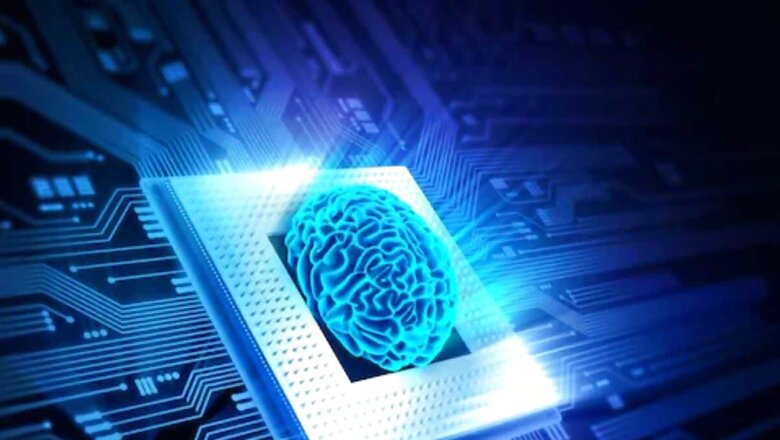
views
The fear of robots replacing humans is high, especially with the advent of AI. But maybe it should be the machines that worry about us. Swedish scientists have created the world’s first “living computer” made from human brain tissue.
It consists of 16 organoids, which are clumps of brain cells grown in a lab that exchange information with each other. They work similarly to a conventional computer chip- they send and receive signals through their neurons, which function like circuits. What makes them special, however, is that the living machine uses less energy, because living neurons can use over a million times less energy than the digital processors currently in use.
When comparing them with the best computers in the world, such as the Hewlett Packard Enterprise Frontier, scientists found that the human brain, at the same speed and with 1,000 times more memory, uses 10 to 20 watts- compared to a computer with 21 megawatts.
One megawatt is equal to one million watts. The living machine was developed by scientists at FinalSpark, a company that focuses on developing solutions using biological neural networks. Dr Fred Jordan, co-CEO of FinalSpark, a startup focused on developing solutions using biological neural networks, told DailyMail, “This idea is common in science fiction, but there isn’t a huge amount of real research on it.”
Organoids are tiny, self-organising three-dimensional tissue cultures made from stem cells. Such cultures can be engineered to replicate much of the complexity of an organ or to express selected aspects of the organ, such as producing only certain types of cells. The scientists take the stem cells and culture them for about a month until they form features such as neurons. The FinalSpark mini-brains were built from an estimated 10,000 living neurons, each about 0.5mm in diameter.
The organoids are trained with doses of dopamine- when they perform tasks correctly, they receive a stream of the chemical as a reward. The scientists administer dopamine by shining light on a specific area of the brain organoid – similar to how it is released in the human brain when a specific region is activated.
The mini-brains are surrounded by eight electrodes that measure activity in the organoids, and the researchers can send current through the electrode to affect the neuron.




















Comments
0 comment